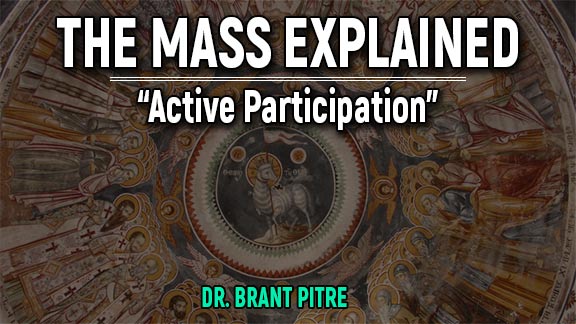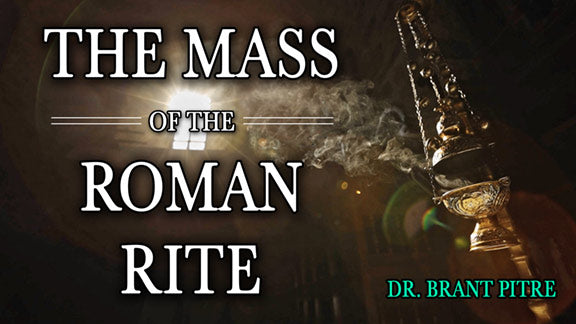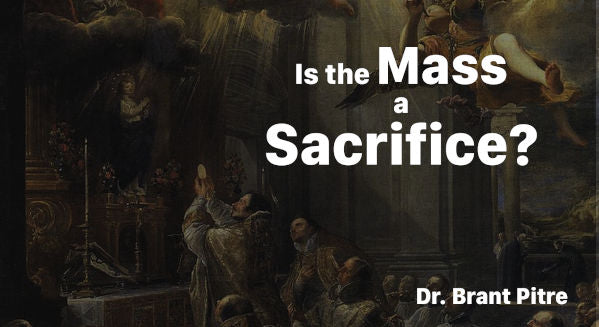The Mass Explained + The Mass Readings Explained <Main Product>
This resource thoroughly addresses modern questions about the Bible’s authority, its historical development, and why it transcends mere literature. It clearly tackles doubts and satisfies long-sought answers, making it a highly recommended guide.
Would benefit by having the discs labeled as to their content. This would make it easier to find a specific letter to study.







